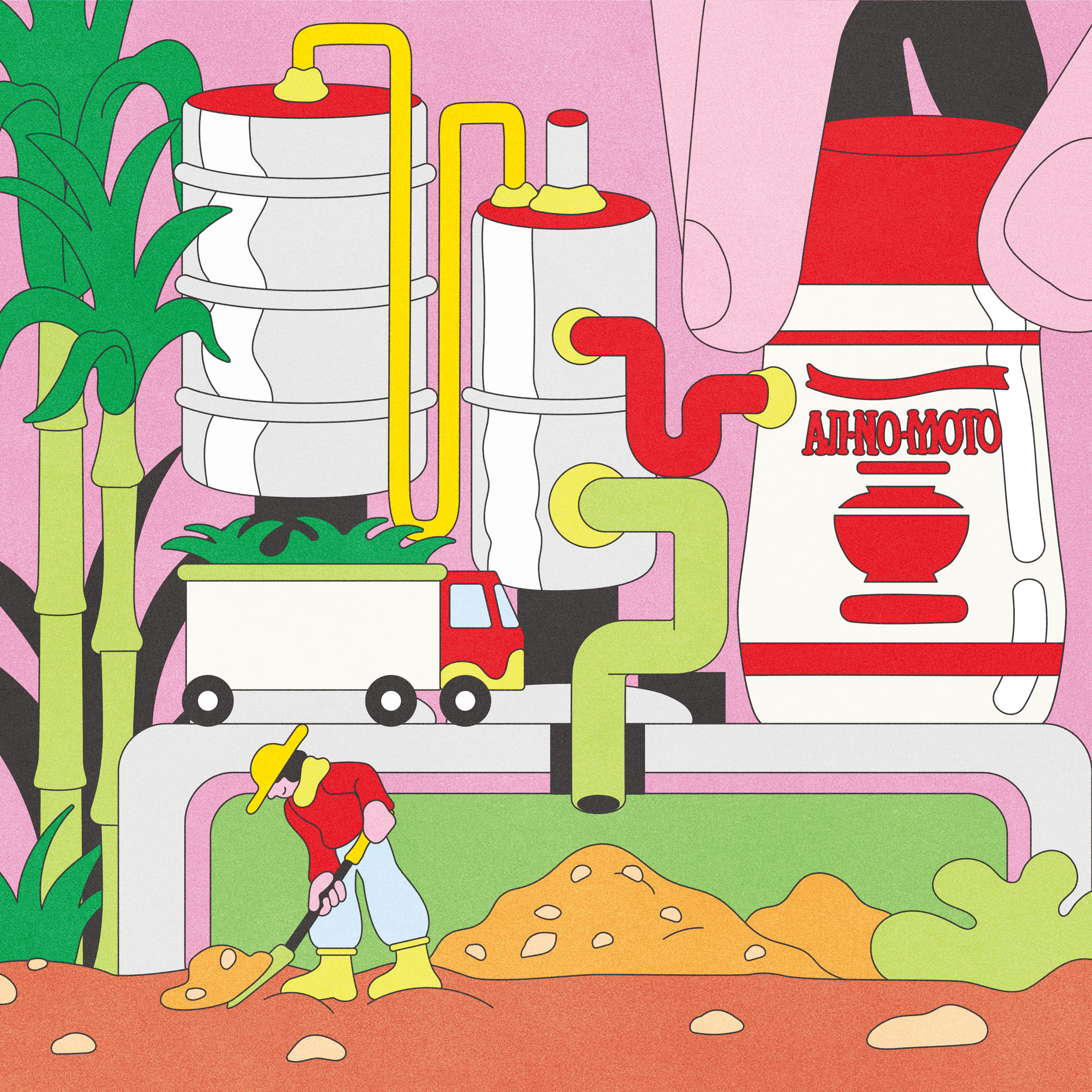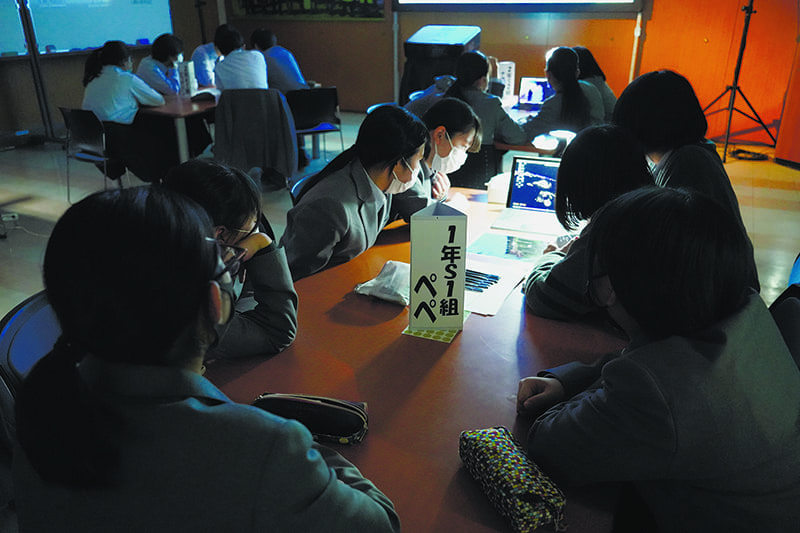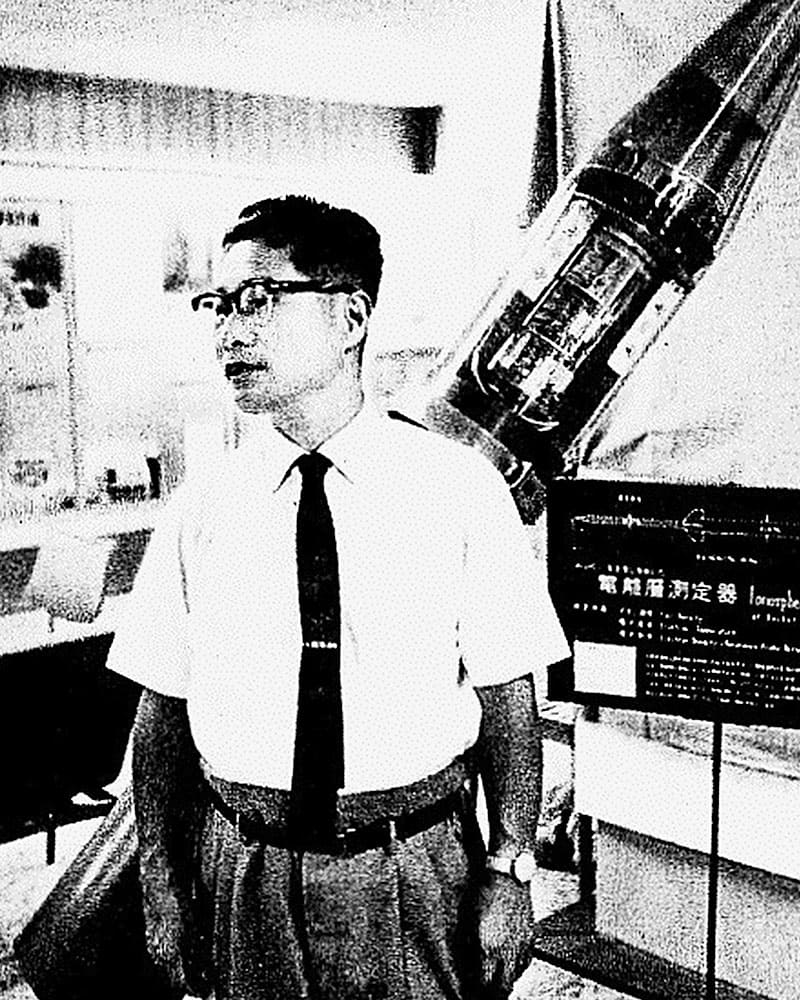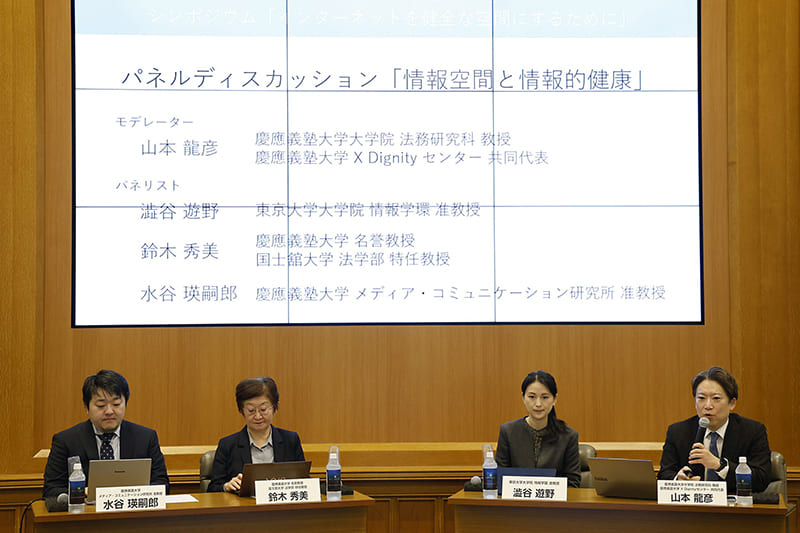June 24, 2021
Editor’s note
Editor's note
Sustainable Japan Magazine by The Japan Times is a monthly publication exploring sustainable lifestyle choices and the future of our planet from the perspective of our everyday lives
It is no longer possible to go about daily life and work without being aware of environmental, social and governance (ESG) issues and the U.N. sustainable development goals (SDGs). They are two crucial concepts as we address the problems of global warming, environmental pollution and economic disparity.
This magazine’s cover shows the final issue of the legendary Whole Earth Catalog, published in California in 1974.
Once its back was the phrase “Stay hungry. Stay foolish.” Apple founder Steve Jobs quoted these words in a Stanford University graduation ceremony speech on June 12, 2005. Jobs’ speech triggered renewed interest in the publication, which, as he noted, had been a bible to 1970s teenagers like himself.
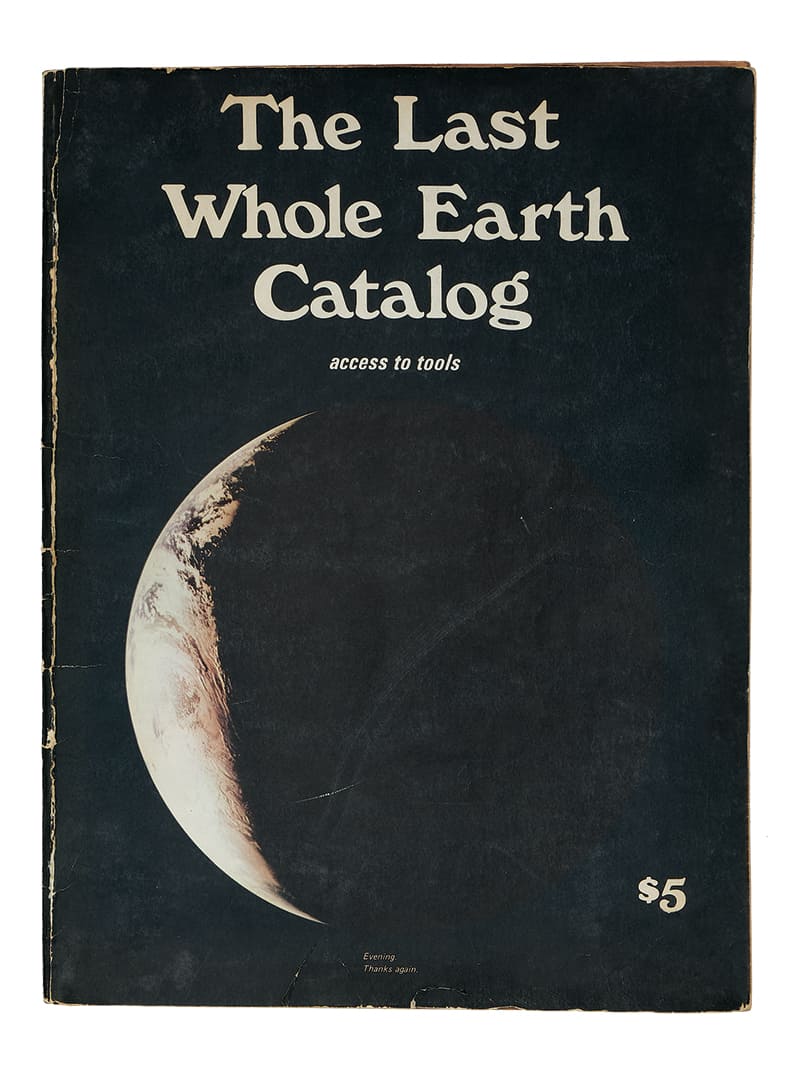
PHOTO: KOUTAROU WASHIZAKI
The Whole Earth Catalog was created by an editor named Stewart Brand (1938-), with the first issue published in 1968. Arising out of the West Coast counterculture, it sought to provide the tools, knowledge and ideas necessary for individuals to live without depending on the government or large companies. In an era before personal computers, the Whole Earth Catalog was a magazine analog of Google, providing a broad collection of information necessary for daily life. The cover of the first issue featured a satellite photograph of the blue Earth floating in the pitch-black cosmos — letting ordinary people see the Earth in its entirety for the first time.
Brand remembers thinking, “In order for us to think seriously about our future, we need to see the whole planet, and we need to share that image with people.” However, during that Cold War era, satellite images were classified because they were national military secrets. Having heard rumors that NASA had such a photograph, Brand launched a successful campaign to get it released publicly.
One of the people who lent support to the campaign was the architect and futurist Buckminster Fuller (1895-1983). Fuller had long been conscious of the need to identify ways to make human existence sustainable. His idea of “Spaceship Earth” in particular had been a great influence on the young Brand. Fuller compared the Earth to a spaceship, with finite resources that must be used effectively. He also published the “Operating Manual for Spaceship Earth” in 1969 to address our economic activities and resource and energy issues from the perspective of the universe. In it, Fuller warned against the continued consumption of finite fossil fuels and emphasized the importance of utilizing renewable energy from wind, water and the sun. At the same time, he noted the impossibility of using renewable energy within the current economic and political systems, and emphasized the need for social and educational reform.
Sustainable Japan Magazine will deliver fascinating information on food, architecture, travel, fashion, art and more from Japan on the last Saturday of every month from the perspective of ESG and SDGs.
Thinking about sustainable lifestyle choices and the future of our planet from the perspective of our everyday lives, Sustainable Japan Magazine will help you create those opportunities in your life.
Short excerpt of Steve Jobs’ Stanford University graduation speech
(June 12, 2005)
When I was young, there was an amazing publication called The Whole Earth Catalog, which was one of the bibles of my generation. It was created by a fellow named Stewart Brand not far from here in Menlo Park, and he brought it to life with his poetic touch. This was in the late 1960s, before personal computers and desktop publishing, so it was all made with typewriters, scissors and Polaroid cameras. It was sort of like Google in paperback form, 35 years before Google came along: It was idealistic, and overflowing with neat tools and great notions.
Stewart and his team put out several issues of The Whole Earth Catalog, and then when it had run its course, they put out a final issue. It was the mid-1970s, and I was your age. On the back cover of their final issue was a photograph of an early morning country road, the kind you might find yourself hitchhiking on if you were so adventurous. Beneath it were the words: “Stay Hungry. Stay Foolish.” It was their farewell message as they signed off. Stay hungry. Stay foolish. And I have always wished that for myself. And now, as you graduate to begin anew, I wish that for you.
Stay hungry. Stay foolish.
毎日の生活の中から、持続可能な生活習慣や地球の未来のことを考える月刊新聞がスタートしました。

YOSHIKUNI SHIRAI (SUSTAINABLE JAPAN MAGAZINE/EDITOR IN CHIEF)
地球温暖化や環境汚染などの問題に直面する私たちにとって、ESGとSDGsのことを考えずに、仕事や生活はできません。
この新聞の表紙の写真は、雑誌「ホールアースカタログ」の最終号(1974年発行)です。アップル創業者スティーブ・ジョブズがスタンフォード大学の卒業スピーチで、この雑誌の最終号に書かれていた「Stay Hungry. Stay Foolish.」という言葉を学生に贈ったことで近年、再び注目されました。この雑誌を作ったのはスチュアート・ブランドという編集者で、第一号は1968年に出版されました。その創刊号表紙には宇宙に浮かぶ青い地球の写真が使われています。
それは一般の人々が初めて目にする全地球の姿でした。彼は軍事機密のため非公開だった衛星画像の情報公開キャンペーンを行い、その結果、入手した写真を表紙に使ったのです。「私たちが自分たちの未来について真剣に考えるためには、全地球の姿を見て、そのイメージを人々が共有することが必要だ」と考えたからです。
そんな彼が影響を受けたのが、建築家で思想家のバックミンスター・フラーです。フラーはその生涯を通じ人類の生存を持続可能なものにするための方法を探り続けた人物です。著書「宇宙船地球号操縦マニュアル」では、有限な化石資源を消費し続けることに警鐘を鳴らし、風力・水力・太陽光から得られる自然エネルギーの活用の重要性を訴えました。
この毎月最終土曜日に発行する新聞では、ESG/SDGsを切り口に、日本発の食・建築・旅・芸術などの興味深い情報をお届けいたします。日常生活の中から持続可能な生活習慣や地球の未来のことを考える。そんなきっかけになる、紙面づくりを心掛けていきます。
Return to Sustainable Japan Magazine Vol. 1 article list page


